Lake Kariba Ferry Adventures
M’libizi to Kariba – Zimbabwe
Adventures on Kariba dam in the Sea Lion ferry
The ferry that would take us to the town of Kariba was a bit late, but then what’s new? Has a ferry ever left on time in Africa? Maybe, but we’ve heard of many occasions where they aren’t punctual … maybe it will come later, maybe tomorrow. Was this going to be one of those adventures?
Our convoy waited for a while at M'libizi, with an audience starting to gather. By the time the Sea Lion ferry arrived (we were rather grateful we did not have to wait too long) and it was time to board the number of spectators had grown. Maybe their daily entertainment was watching scenes like this, or maybe they were also waiting for a ferry.
The front of the ferry gaped to allow our vehicles to enter. No ways were all eleven vehicles going to fit into that small hole. Six yes, eight at a push, but eleven? Miracles do happen but this one I wasn’t so sure about.
One by one we took turns, guided by the staff, turning our vehicles around so we could reverse them into the cavity of the ferry. This was worse than squeezing slippery sardines into a can.
From M'libizi to Kariba
By now we were well into our two-week overland road trip through Zimbabwe. Our first overnight stop had been at the hills of Matobo where we were enthralled by the fantastic granite rock formations and well preserved rock art. Our second stop was at Hwange, the first real safari experience in Zimbabwe, where we stayed for 3 nights. The next part of our adventure took us to M'libizi to board the Kariba ferry. This would be an overnight trip from the southern tip of the Kariba dam to the northern tip at the town of Kariba.
If you are thinking of ferries in Europe or anywhere else in the world, you would be mistaken. This was a tad different but not too inadequate. The ferry would take about 24 hours to cross the dam. Although it sounds longer it would save many hours of driving going north in Zimbabwe to get to our next destination, Mana Pools.
The break from driving would be welcome as we had been sitting in our vehicles for most of the previous 5 days since we left Johannesburg, even at our destinations where we were sightseeing and gazing at wildlife.
Time was of the essence after we left Hwange and we had to get to M'libizi, a small village in Matabeleland North on the southern shore by 12 noon so there was no time for sightseeing. It turned out that we needn’t have rushed but still, it would not have been viable to stop for a while. The village is the southern terminal of the Kariba car and passenger ferries over the dam. It is also a popular fishing resort amongst tourists.
Just before the town of M’libizi - baobabs on the hillside
On our route to the dam we drove through a landscape with many hills, valleys and distinctive baobabs. We could see why they chose the location of the dam. Kariba is one of the biggest man-made dams in the world. It certainly was the largest at the time when building commenced in 1955. One could not help wondering though about the impact of this engineering feat.
Once the ferry arrived we needed to reverse our vehicles into it for ease of exiting on the other side. We had previously needed to submit the dimensions of our vehicles so they could calculate if they would fit. I was dubious that all our vehicles would fit but was most impressed how the staff directed us all into the parking bays.
The roof rack needed to be removed
Missing out on notifications about Roaming Fox Adventures? Click button and Subscribe!
It definitely was a tight squeeze though. One or two vehicles had to remove their roof racks because the ferry parking bay roof was too low. Others had no hope of fitting into the enclosed section so had to park on the outer segment in front. We also had to make sure we had an overnight bag and whatever we needed for the evening before parking the vehicle because there was not a snowball’s chance in hell that we would get into the vehicles while we were cruising over the dam.
Time for a Zambezi beer after all the hard work
Relaxing before lunch
Time for lunch on the Kariba Ferry
On board the Kariba Ferry
After that bit of excitement of squishing us all in, we could relax on board the Sea Lion and have a welcome drink to calm the nerves. Lunch was served promptly and we could relax for the rest of the day whilst taking in the sights of this massive dam. I have always wanted to go on a houseboat safari on the Kariba, but never had the opportunity.
Lunchtime
Galley on board the Kariba Ferry
Although this would not be a safari experience I was still thrilled and fascinated by the lake. Its sheer size is mind blowing and impossible to think that this was not a natural reservoir. I was pondering how long it took to fill the dam. Later I found out it took approximately 5 years. We were to cover approximately 220 km from the south of the dam to the north.
Chatting to the staff on board we learnt a bit of history about the dam and how the people living around the dam try to eke a living out of it.
Relaxing inside the ferry
Kapenta snack
We were given a snack to nibble on – something that came from the dam – Kapenta. These are small sardine like fish that are dried after being caught. Ours was shallow fried afterwards, a rich dish, regularly eaten by the locals. The fish is attracted at night by lights on boats. The fish are then caught by means of a net. Later that afternoon and evening we saw a few of the boats. When it was dark we could see their lights shining on the horizon.
Kapenta Boat
Dinner time
Being a tour leader is tiring!
Sleeping arrangements on the ferry
Because there were so many of us, we were privileged to have the entire ferry, the Sea Lion, at our disposal. Not that there was really much to it, but it was a comfortable journey. We could laze around inside the saloon which is spacious with panoramic windows and has a serving hatch for a cash bar. There are also two outer decks where one could relax, a partially shaded deck at the front or an upper shaded deck. There are toilets and shower cubicles with hot water available.
Cash bar
Shower cubicles and toilets to the left
After a simple but lovely dinner it was time to make our beds. No privacy with these sleeping arrangements that were in the lounge area of the saloon. We felt like kids in a dormitory at boarding school.
Although there were chairs that could be extended into beds, with thin mattresses, we chose to put the other mattresses provided directly on the floor because we felt it would be more comfortable. Blankets were also provided but we were advised beforehand that we could bring our own sleeping bags to the saloon if we preferred.
Me being the pack-horse while hubby drove our vehicle onto the ferry
Sleeping arrangements on the ferry
Our bed for the night
The drone of the engines throughout the night fortunately muffled any sounds coming from the snorers of our group. At this stage we were getting to know each other and some of us weren’t that coy to sleep in close proximity to unfamiliar people. Others preferred their privacy and slept outside on one of the decks.
We bantered for a while, shared some laughs and then settled down. It might not have been the most peaceful night but we woke up fairly rested. After breakfast we waited on the foredeck to watch land approaching.
Southern shores of Lake Kariba
Northern shores of Lake Kariba
This was a fun bit of adventure before heading to our next destination. Most of the time we only saw water ahead of us and hardly any land from east to west. Because we were too far from the banks of the river we did not see any wildlife.
Approaching the northern shores at the town of Kariba
The ferry was a means to get from the south to the north. Had we driven from Hwange to Mana Pools it would have been approximately 700 – 800 kilometres of driving and at least 10 to 12 hrs on the road, but more than likely longer with an overnight stop.
Kariba jetty
Reversing off the ferry at Kariba
Leaving the ferry
Driving forwards off the ferry was far easier, although it took a bit longer for some because they had to fit their roof racks again and pack their gas cylinders or jerry cans on top.
We restocked at Kariba, although there was limited food at the shops. It also took us a while to find a filling station with diesel as some of them had run out.
We explored a bit of the town of Kariba, drove up to a viewpoint to see the dam wall which looked impressive, then drove to another viewpoint to look over the dam. Soon after that we continued our journey to Mana Pools, but that is for the next blog. Spoiler alert – some of us had to be bush mechanics.
Kariba dam wall
Lake Kariba
Part of our convoy at one of the viewpoints
A boat on Lake Kariba
Our only safari moment was the sighting of zebras as we left the town of Kariba.
Zebras
History of Kariba Dam
A popular tourist attraction for Zimbabweans and Zambians, Kariba Dam is the largest man-made reservoir. It provides hydroelectricity to both Zimbabwe and Zambia but it is also a safari and fishing haven, not only for these two countries but also for South Africans.
It is often overlooked by international tourists but is a must do adventure destination if you are in either country.
Houseboats on Kariba
Matusadona National Park is situated on the shores of Lake Kariba. The dam allows houseboat excursions consisting of multi-day stays along various parts of the lake. There is also a variety of accommodation to choose from in certain places, catering for all budgets, including camping or lodges to luxury safari camps.
Lake Kariba (sometimes called Kariba dam) is the world’s largest man-made reservoir by volume. The dam extends for approximately 280 kms and has a maximum width of 40 kms.
Ingenious sprinkler system at the viewpoint looking at Kariba Dam wall
When was Kariba Dam built?
The Kariba Dam wall was built between 1955 and 1959.
In 1955 tenders were put out for the construction of the dam by the Federation of Rhodesia (now known as Zimbabwe) and Nyasaland. In 1956 construction began but because of floods in 1957 and 1958 equipment and structures were destroyed. Eventually at the end of 1958 the dam was completed.
Interesting info about the dam wall:
Height: 128 metres
Length: 617 metres
Width: 13 metres
Volume of concrete used: 1 032 000 cubic metres
Flood gates: 6
Volume of water from 1 floodgate per second: 1 574 cubic metres
Sunset over Lake Kariba
Operation Noah
After the dam wall was built, Operation Noah was activated between 1958 and 1964. This was a rescue mission, saving thousands of animals from the landscape that was being flooded.
Sunset
How long did it take Kariba dam to fill up?
It took 5 years for the dam to fill and in that time there was a massive relocation programme. 22 000 people were moved into Zimbabwe and 35 000 people into Zambia. 6 000 animals were removed from the river valley and relocated to Matusadona and Chete safari areas.
Kapenta shoals (small sardines) were released in the late 1960’s from Lake Tanganyika to encourage a commercial fishing industry. There are several other species of fish in the lake including the indigenous Tiger fish, therefore making it a great fishing destination.
Nearly touching the roof
Important information about Kariba Ferry Vehicle Restrictions
There is a height restriction and a limit of vehicles that can park on the ferry with strict allocation, depending on the size of the vehicles with their overland equipment.
It is necessary to give full length, height and width dimensions of the vehicles as well as the details of equipment on the outside of the vehicle when enquiring about the ferry.
Approaching the town of Kariba
According to Google maps these are the distances to drive around Kariba dam in Zimbabwe but often it takes longer.
Distance from Hwange to M'libizi – 130 to 150 km and roughly 2 to 3 hours
M’libizi to Kariba by road – approximately 540 km and roughly 8 hours
Hwange National Park to Mana Pools – 700 – 800 km and roughly 10 to 12 hours
Below the dam wall
Where is Kariba Dam?
Between the source of the Zambezi River and the mouth at just about in the centre, lies Kariba Dam. Zimbabwe and Zambia share the dam as it lies on the border between the two countries. It is also approximately 200 kms downstream of the Victoria Falls.
Happy travelers, that’s us on the ferry.
Related blog posts:
Zimbabwe Overland Road Trip Route and Itinerary
Discover The Hills of Matobo National Park Zimbabwe
Hwange National Park Zimbabwe Safari Adventure
Find me on Social Media:
On Pinterest? Pin to read later!
Pin on Pinterest
Click on Pinterest button in top left corner and pin to read later.
Step by step instructions on how to leave a comment on my blog:
Type in your comment in the comment box.
Click ‘Post Comment’
Briefly a message should appear saying you are not logged in, then a box with ‘Post a Comment’ will appear for you to complete with your name, email address and website URL (if you have one).
Fill in your first name and email address in the appropriate section. (Your email will not be made public and will not be used for any other purpose than for you to get a notification of a reply to your comment.)
Click ‘Comment as Guest’ and you’re good to go!
To subscribe to my blogs, please fill out the SUBSCRIBE form.
Thank you.
I know it is quite a process, but it helps keep our websites secure. Your email address will not be shared or displayed.
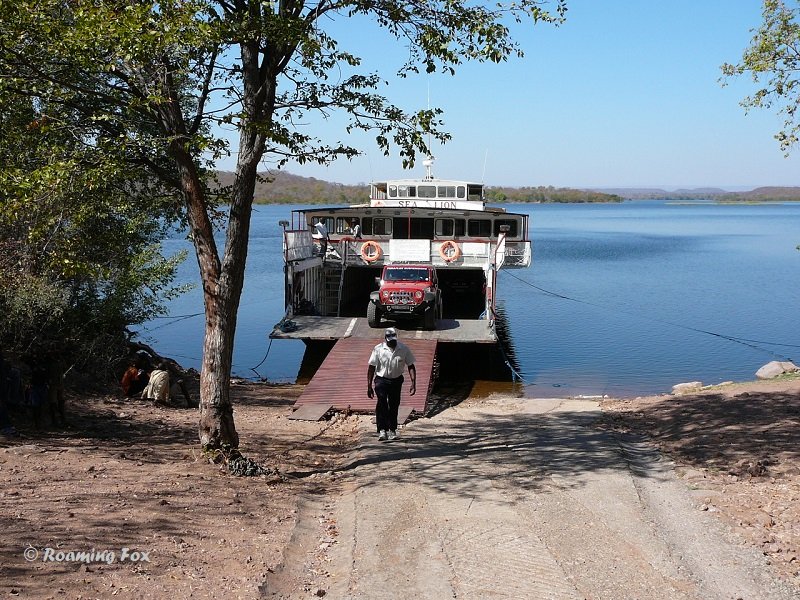













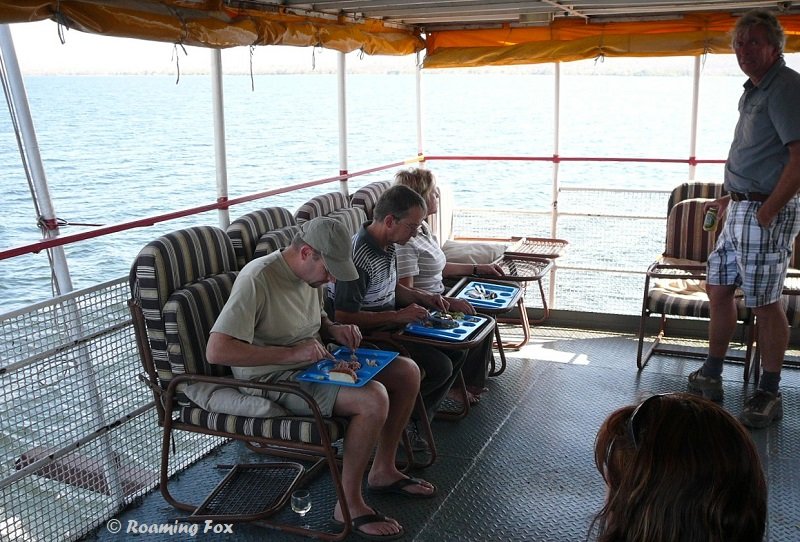

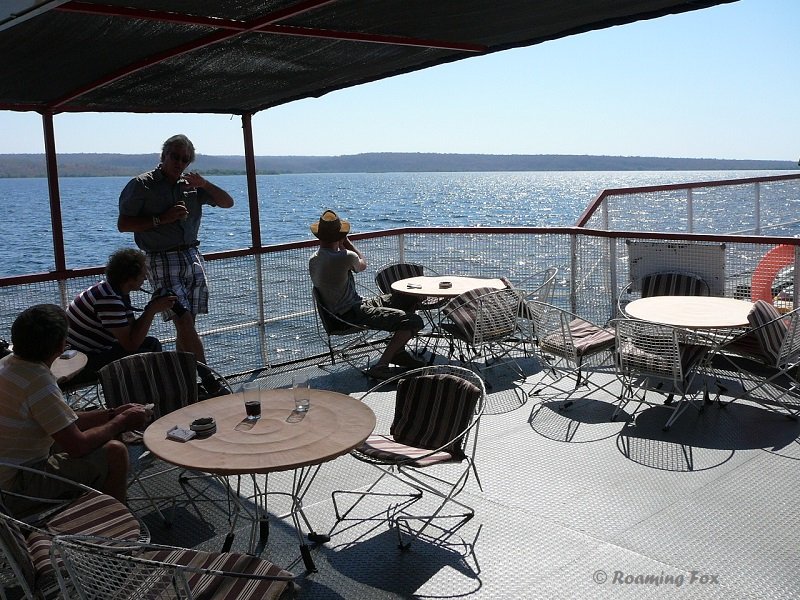



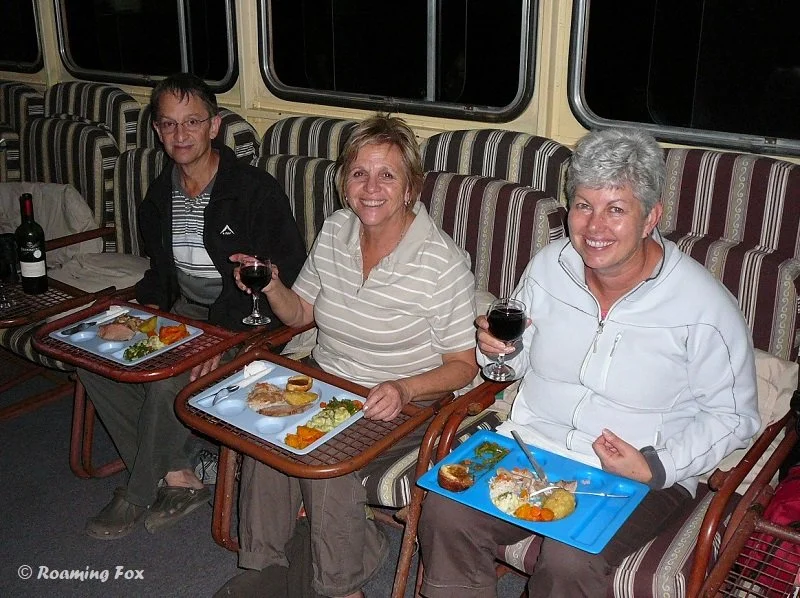











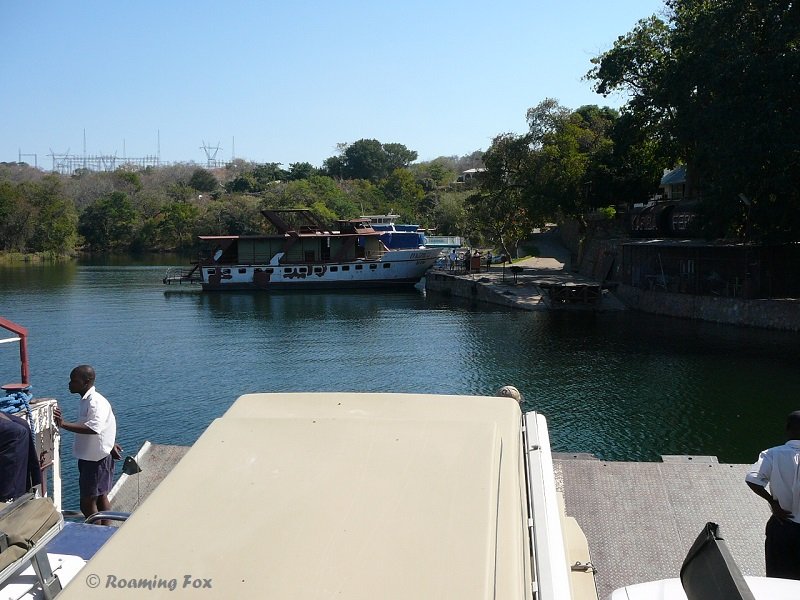












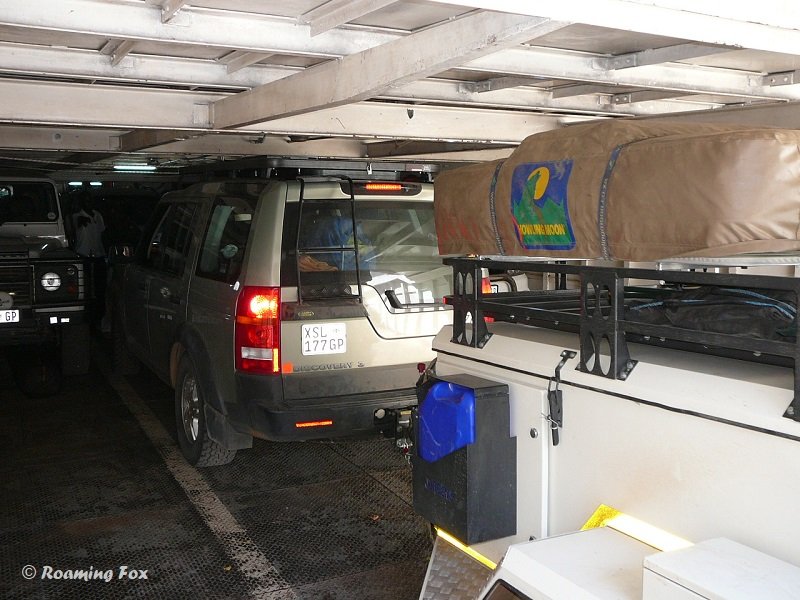




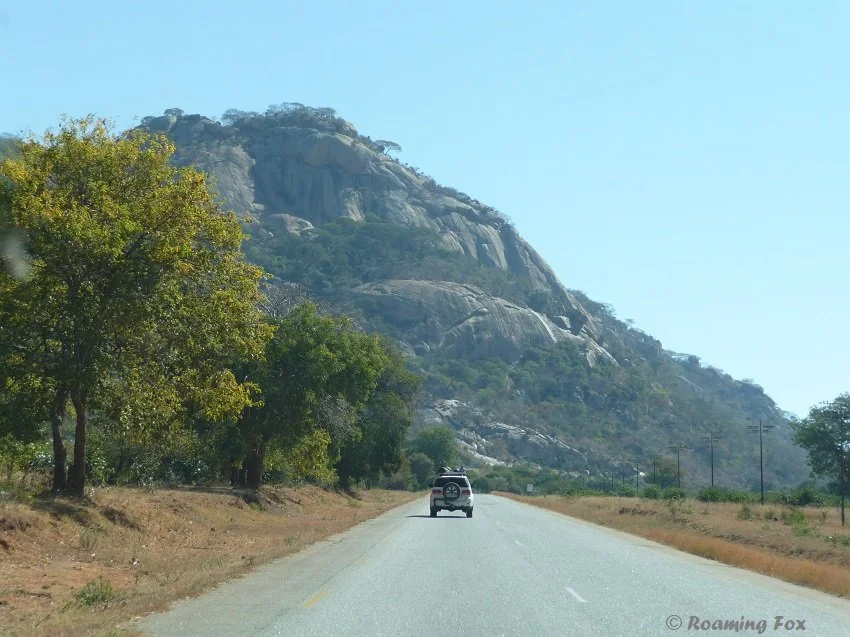
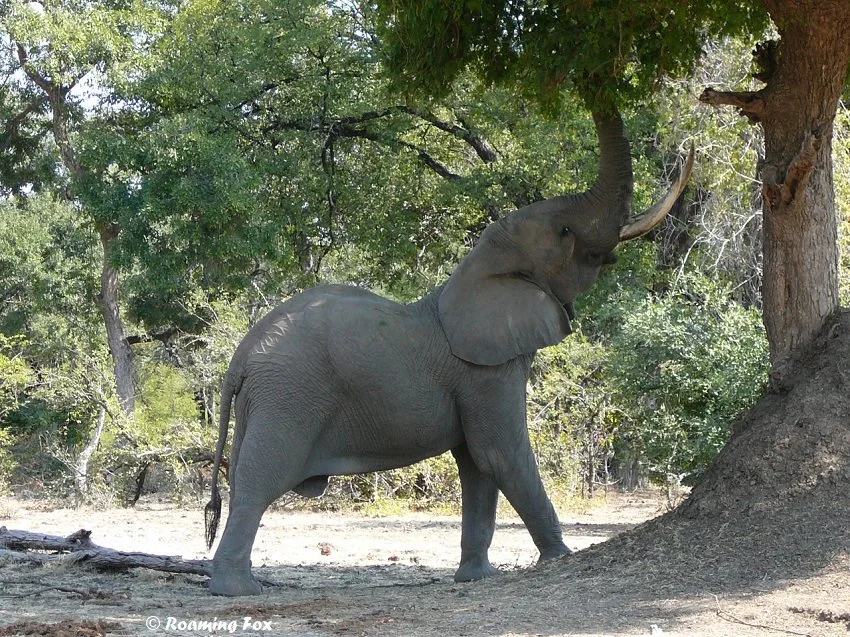



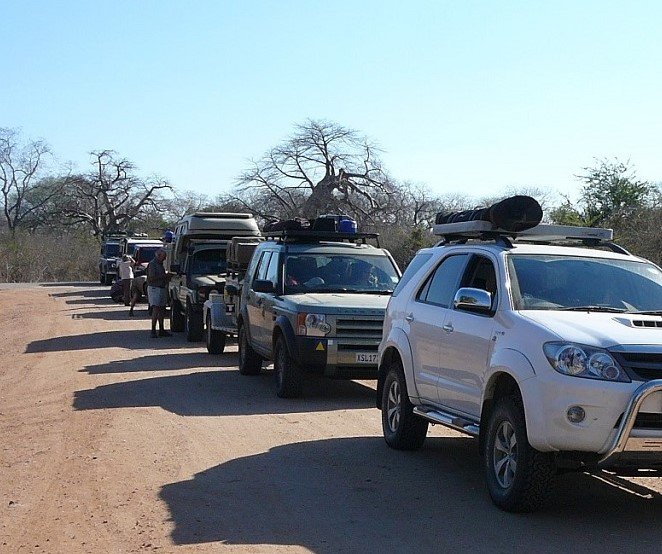

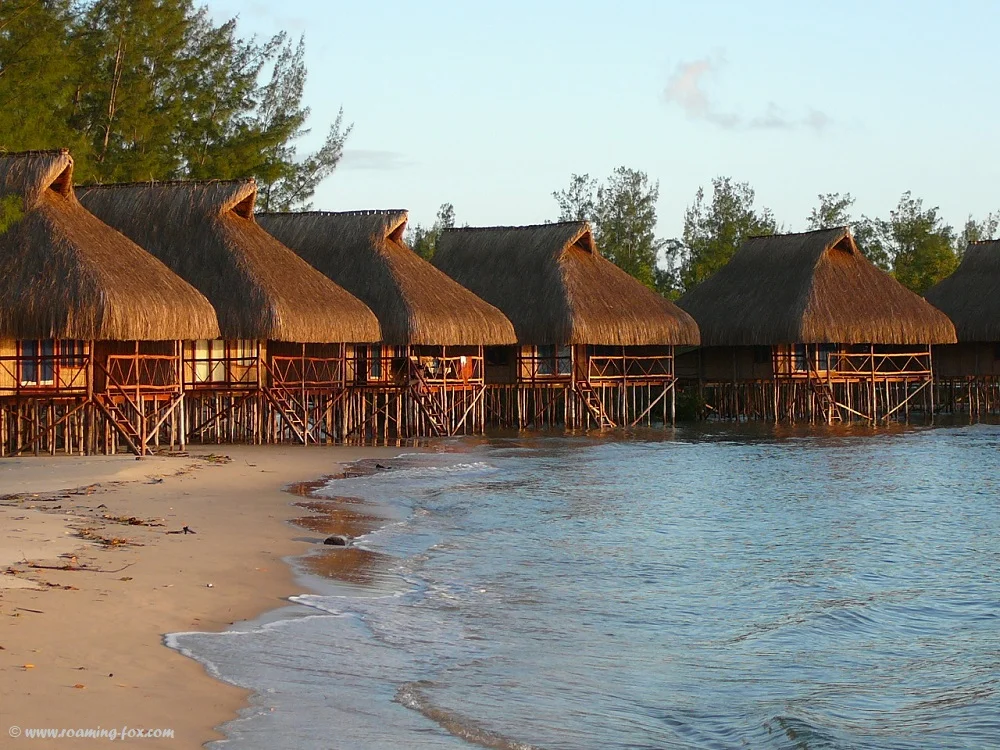
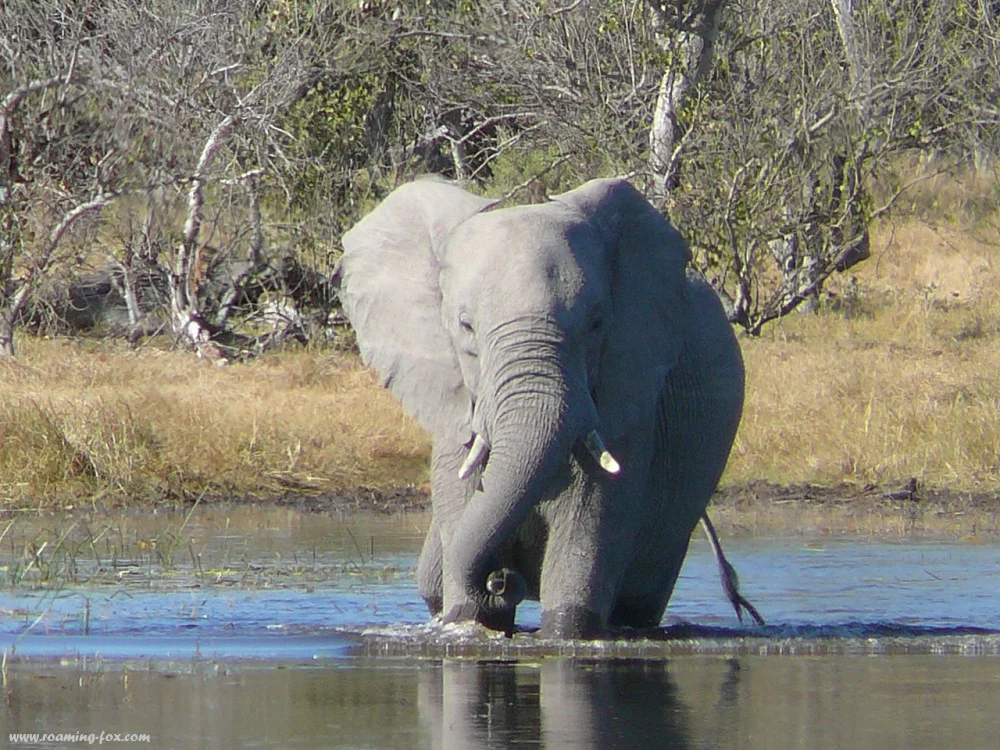




Our guide led the way towards the ancient path beyond stone relics and up steep steps through narrow passages. We reached a complex on the top of the hill, a section of Great Zimbabwe.